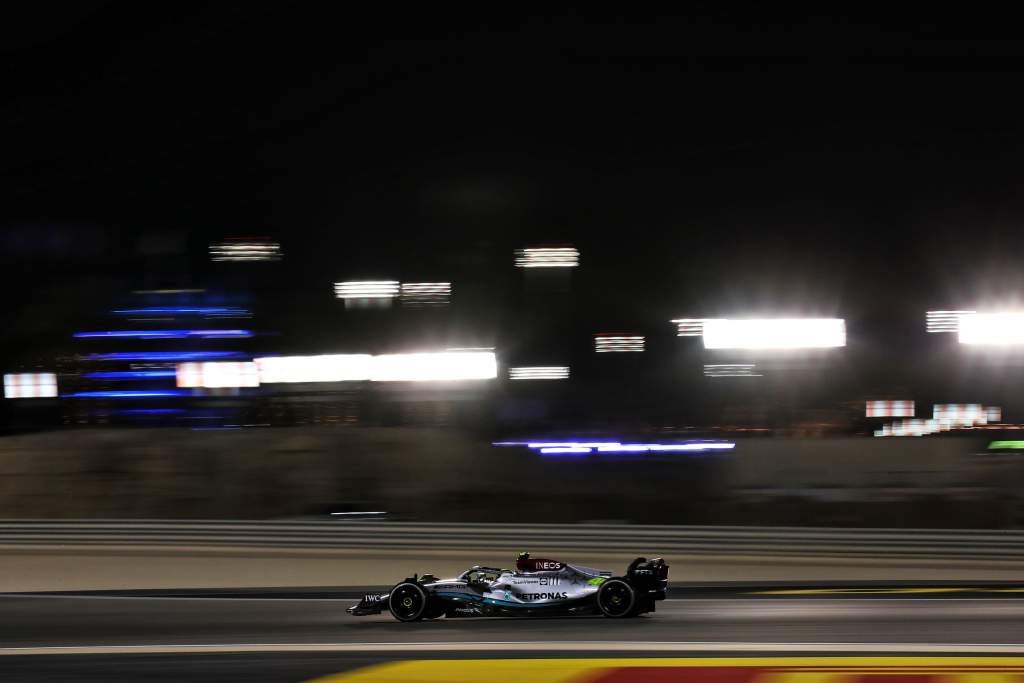Up Next

Mercedes keeps saying it and all three of its customer Formula 1 teams ran higher-downforce rear wings in the Bahrain Grand Prix than the other engine manufacturers’ teams did.
But from these pictures, I am not 100% sure that is correct.
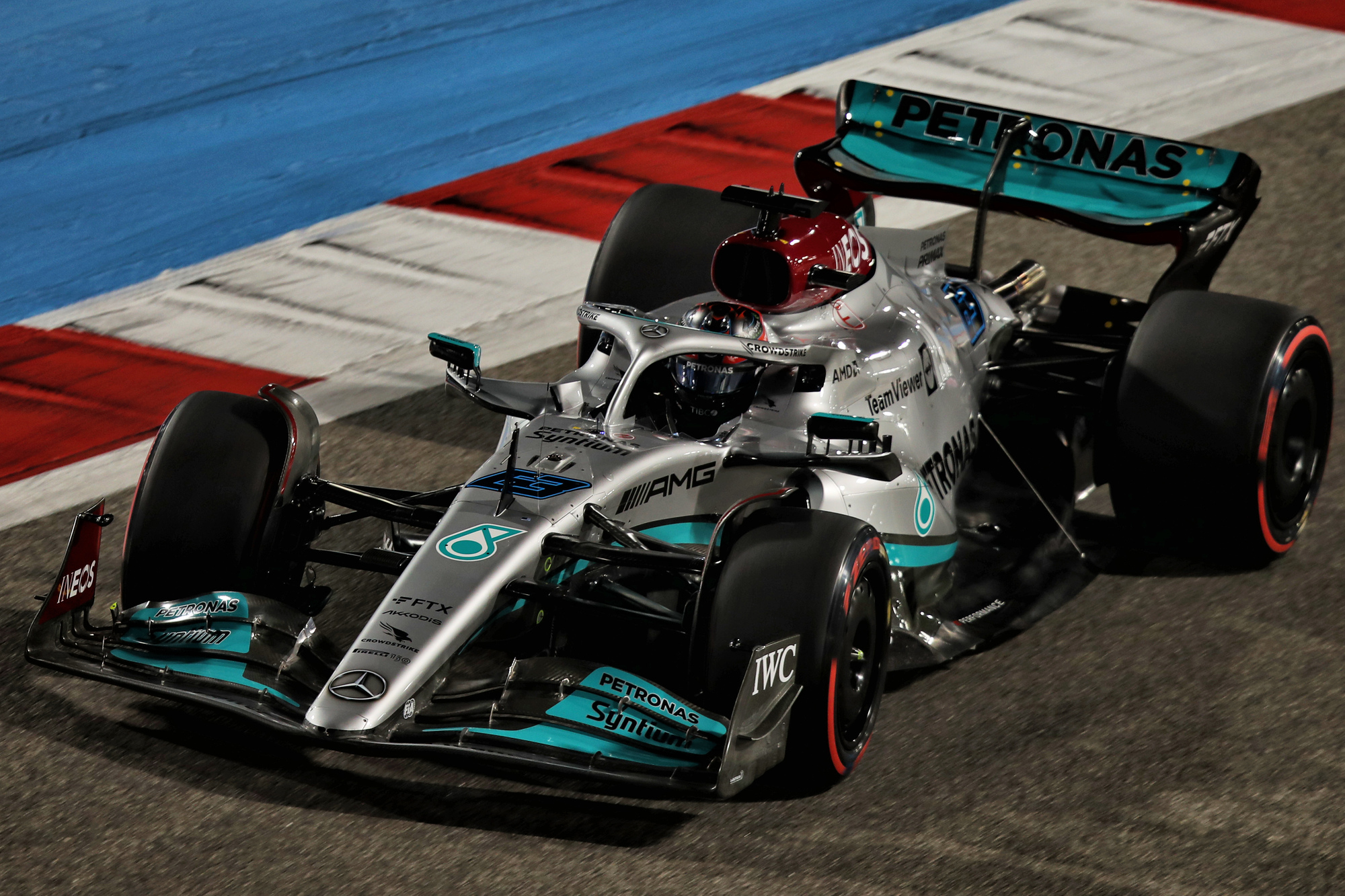
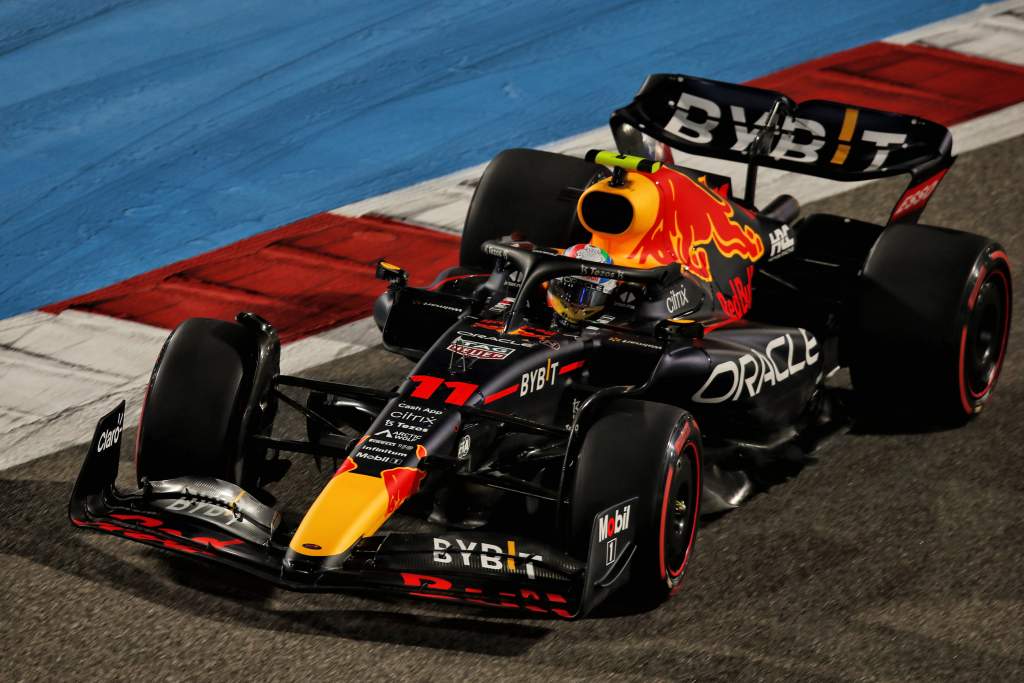
The concept of the rear wing is slightly different and these shots are from an overhead position, but I really don’t see a massive difference between what Mercedes ran and what Red Bull ran.
Ferrari visually ran what you could say was a little less downforce and hence drag. The outer parts of the wing sweep up more as it goes towards the endplates, but its top speed was nowhere near as high as the Red Bull.
However, Ferrari still went on and won the race.
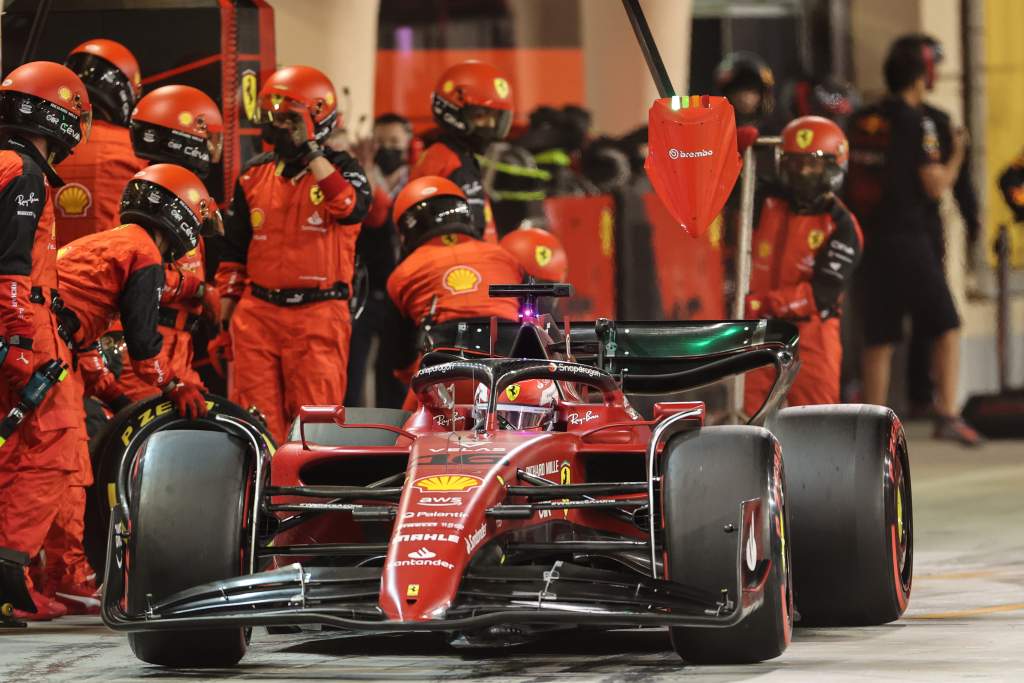
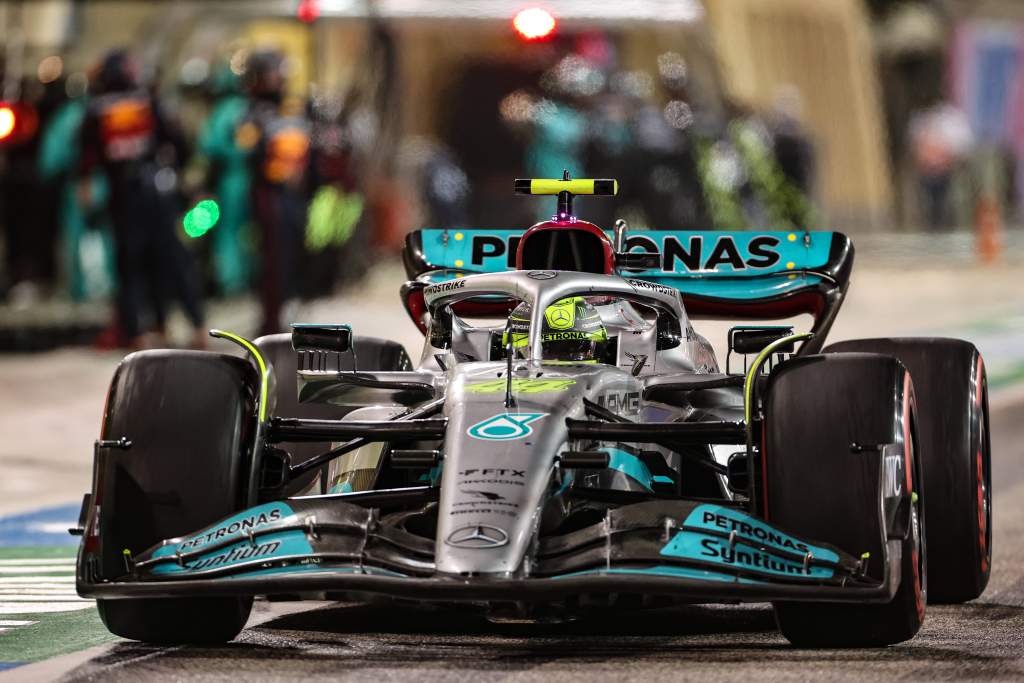
The jury is still out as to which wing concept equals more downforce. With this curvy wing profile to endplate concept, I don’t think it is just as simple as it used to be.
If you run the wing profile more horizontal, as Mercedes did, do you get more downforce or is there more airflow spilling over that top outer corner?
Anyway, all the teams have comprehensive simulation systems to identify the downforce levels required for each circuit. So if Mercedes did run more downforce than anyone else then it dropped the ball in that area.
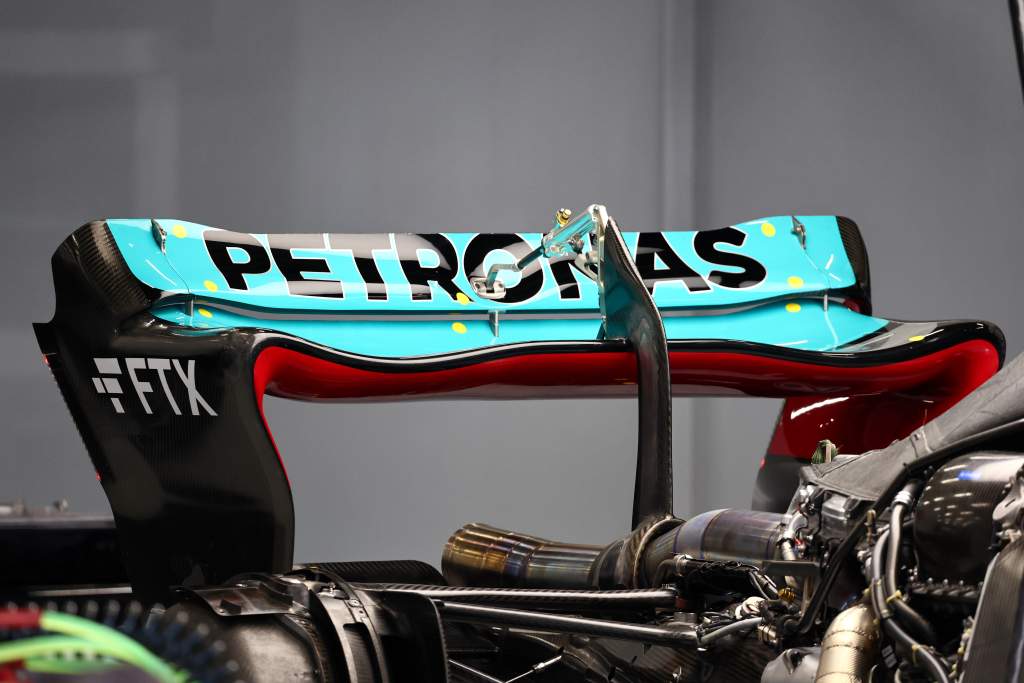
We have caught sight of the lower-drag Mercedes rear wing in Jeddah already ahead of this weekend’s Saudi Arabian Grand Prix.
A lower-drag wing is what you would expect for a faster track. But I’m surprised about how Mercedes has gone about it.
It appears Mercedes has taken the Gurney flap off, which will make the rear unstable and with that make braking a bit more of an experience.
What I don’t understand is why you would trim down the trailing edge? Yes, it will reduce drag but with quite a dramatic effect on the load the rear tyres feel. Basically, you are more or less moving the rear wing forward when you have spent your life maximising the leverage.
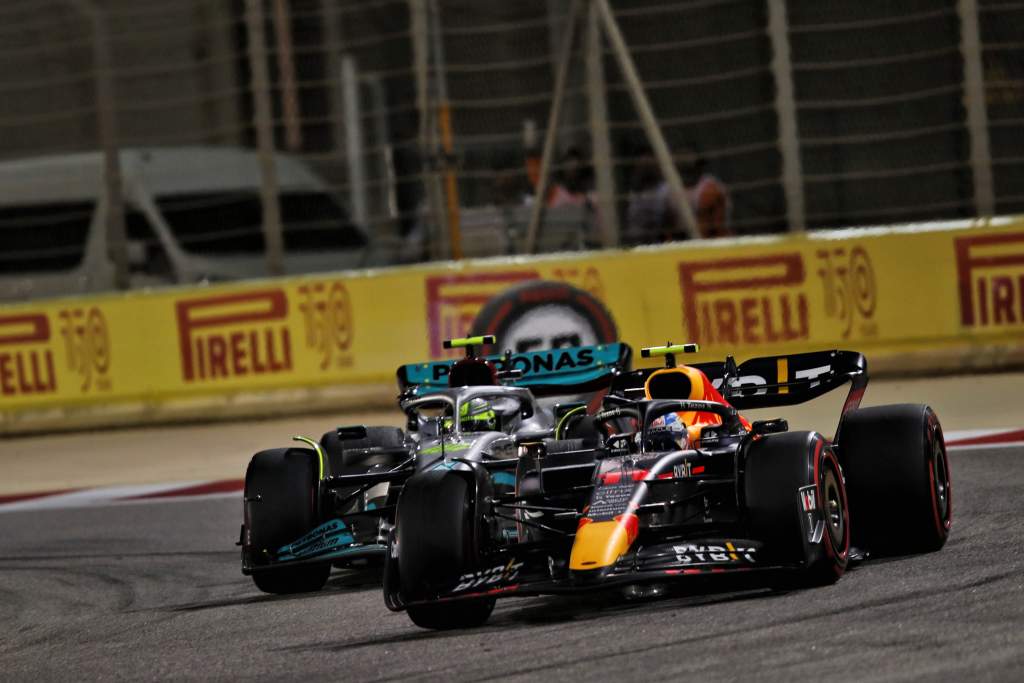
I really find it difficult to believe that for a top team either of these is the best solution for their top-speed problems from Bahrain.
It’s too big a coincidence for all of Mercedes’ power unit users to struggle with straightline speed just because they ran too high a rear wing level, especially with such visually different car concepts.
Personally, I still suspect Mercedes has not got the best from its new power unit just yet.
Exactly why is unclear, but remember Mercedes has talked about the changes this year being the biggest of the 1.6-litre V6 turbo hybrid era thanks to the switch to containing 10% E10 renewable ethanol. So perhaps this has created some problems for it?
Meanwhile, Red Bull with the assistance of Honda has mastered it while Ferrari has stated it has recovered the losses from the switch to E10.
It wouldn’t be a surprise if we saw some playing to the regulations this year when it comes to engines too.
Remember, you can modify components that are already homologated on reliability grounds. Could we see any manufacturers just running the engine turned down a bit in preparation for a failure later in the mileage life cycle when it is finally turned up?
That way, it gives more time to come up with a performance improvement that’s labelled as a reliability change. These engines, once signed off, are theoretically with us until the end of 2025.


